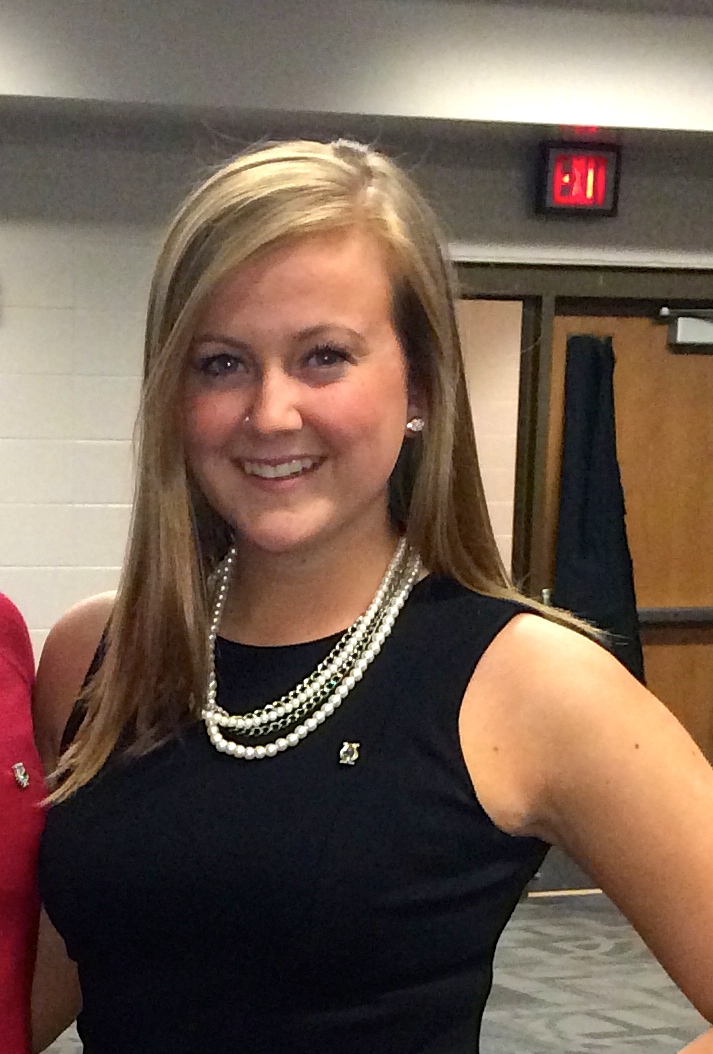Celebration of Scholars
The Fate of Fragrance Chemicals in Wastewater Treatment Plants
 Name:
Helaina Rosenmayer
Name:
Helaina Rosenmayer
Major: Biology
Hometown: Plainfield, IL
Faculty Sponsor: Sarah Rubinfeld
Other Sponsors:
Type of research: SURE
Funding: SURE
 Name:
Macy Anderson
Name:
Macy Anderson
Major: Biology
Hometown: Brainerd, MN
Faculty Sponsor: Sarah Rubinfeld
Other Sponsors:
Type of research: SURE
Funding: SURE
Abstract
Synthetic musk chemicals are commonly used as a fragrance
chemicals and are found in shampoos, detergents and other personal care
products (PCPs). However, they have also been found in the aquatic environment.
One major source of pollution of these chemicals has been found to be
wastewater treatment plant (WWTP) discharge.
The four chemicals of interest in this study are galaxolide (HHCB),
tonalide (AHTN), musk ketone (MK) and musk xylene (MX). There chemicals have been found to have
negative ecological and human health effects which has led to further research
regarding toxicity and abundance of synthetic musk chemicals. In order to study
abundance of synthetic musk chemicals in the southeastern Wisconsin area,
samples of sludge and water effluent were taken from local WWTPs. Samples were
collected, extracted, cleaned and prepared for GC/MS analysis based on EPA
methods. We expect to find higher concentrations in the WWTP discharge than the
environment and we also expect that the solid samples will have a higher
concentration due to the high organic content.
Submit date: March 13, 2015, 3:52 p.m.
